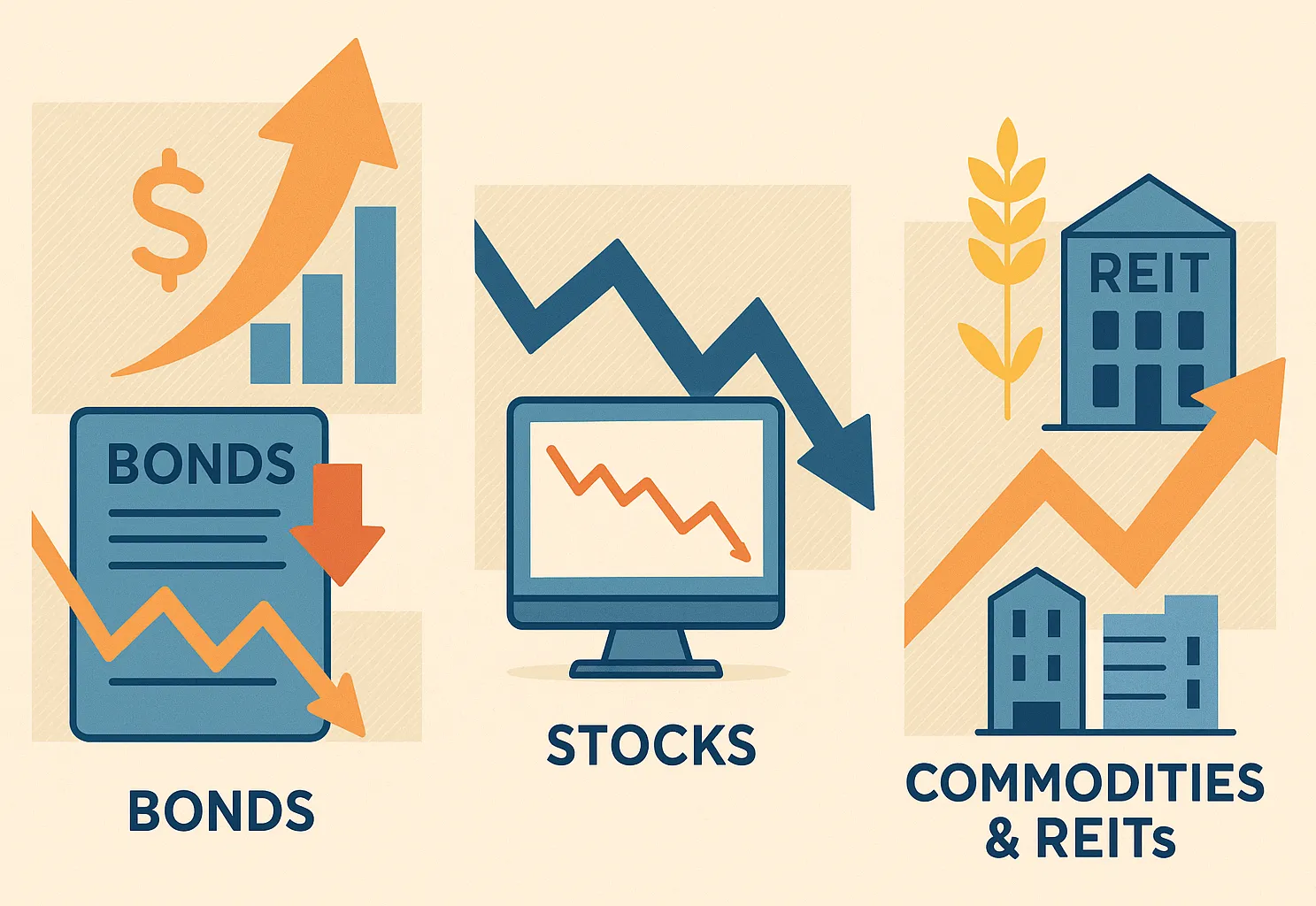How Much of the Wealth Divide Comes Down to Tax Policy?

According to data from the Federal Reserve, the top 1% of U.S. households held about 28.1% of the nation’s wealth in Q1 2009. By Q1 2019, that figure had risen to 30.4%. Meanwhile, the bottom 50% held just 0.5% in Q1 2010 and only 1.6% a decade later.
Tax policy is often pointed to as the culprit. But while taxation influences outcomes, the picture is more layered. This article unpacks how tax codes, financial markets, and ownership patterns each contribute to growing wealth disparities.
Key Takeaways
- The U.S. tax system favors capital income over wages, via lower rates on gains and preferential treatment for carried interest
- Wealth gaps are also a result of who owns appreciating assets, not just how those assets are taxed.
- Structural forces—like monetary stimulus, stock buybacks, and unequal access to financial education—reinforce concentration.
- Understanding these dynamics can help individuals make smarter portfolio and tax choices within their control.
Tax Codes Aren’t the Only Force at Work
The narrative that wealthy households avoid taxes completely isn’t without merit—but it misses context. Yes, loopholes and strategies exist, but the design of U.S. tax law inherently favors certain income types and holding structures.
Take long-term capital gains: taxed at lower rates than wages, they also benefit from provisions like step-up in basis at death and estate tax thresholds that impact a minority of households.
For example, two individuals each earning $500,000 annually may be taxed very differently—depending on whether that income comes from salary or asset sales. But relatively few households own highly appreciated assets in the first place.
According to the Federal Reserve, the wealthiest 10% control over 88% of all U.S. equity holdings. That means even neutral-sounding tax rules can result in uneven outcomes.
- Hypothetical Scenario: Imagine two households with identical income levels. One rents and earns entirely from wages. The other owns a sizable stock portfolio and receives income via dividends. After ten years, the asset-owning household not only has more wealth but has paid less in taxes—thanks to preferential treatment and compounding growth. The disparity wasn’t necessarily created by policy—but it was widened by it.
Why Ownership, Not Just Income, Determines Outcomes
Asset ownership increasingly defines wealth trajectories. Over the past few decades, financial markets have delivered strong returns—benefiting those with the capital to participate.
Here are a few structural advantages:
- Primary residences accumulate equity that grows tax-deferred (and often tax-free under exemption limits).
- Capital gains taxes are deferred until realization—or avoided altogether through basis step-ups.
- Pass-through entities can qualify for the QBI deduction, lowering effective tax burdens.
These tools are broadly available—but only if an investor has capital to deploy. That’s where wealth concentration accelerates: those who own productive assets are positioned to outpace those who don’t.
The Role of Policy and Market Structure
It’s not just tax codes at work—monetary and corporate policy also tilt the playing field.
In 2020, during the Federal Reserve’s aggressive easing campaign, the S&P 500 Information Technology sector returned 44%, while the S&P U.S. REIT Net Total Return Index gained 41.8% in 2021. These surges were fueled by ultra-low interest rates and Fed bond purchases—benefiting investors already in the market.
Another factor: stock buybacks. Between 2007 and 2016, S&P 500 companies returned 96% of their net income through dividends and repurchases. This pushed more value to shareholders—especially senior executives who often hold significant equity.
So what’s the takeaway? These market mechanics disproportionately benefit capital holders. For individuals building portfolios today, understanding these forces can shape more informed decisions about asset mix, tax location, and exposure to long-term market trends.
Common Missteps Around Policy Impact
Many people overestimate what tax reform alone can fix—and underestimate what small planning decisions can change over time.
For example:
- Skipping 401(k) or IRA contributions can cost hundreds of thousands in lost compounding and tax deferral.
- Neglecting tax-aware asset placement (e.g., holding high-yield bonds in taxable accounts) can erode net returns.
- Ignoring behavioral traps, like chasing headlines or relying on annual tax prep rather than ongoing strategy, adds further drag.
Meanwhile, waiting for broad reform won’t close wealth gaps if ownership patterns remain unchanged. In many cases, small, consistent shifts—like rebalancing tax lots or using loss-harvesting tools—can create more meaningful outcomes than any single legislative change.
Behavioral Insight
Many investors fixate on fairness in policy—but overlook how much control they still have. Shifting even a portion of a portfolio into tax-advantaged vehicles, or choosing when and how gains are realized, can tilt the odds. Over time, proactive choices tend to matter more than perfect policy.


